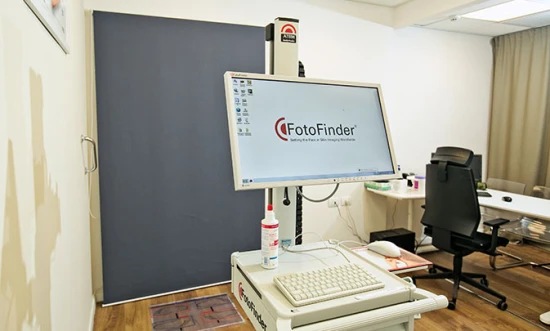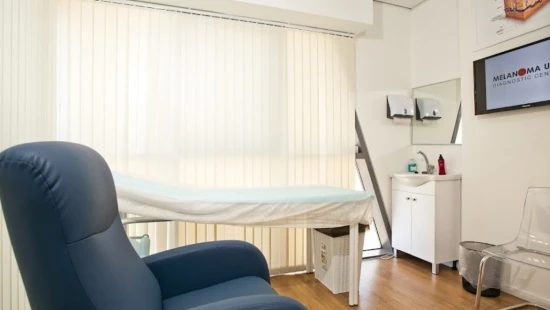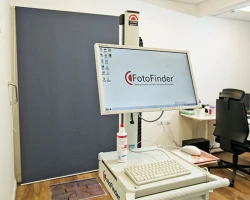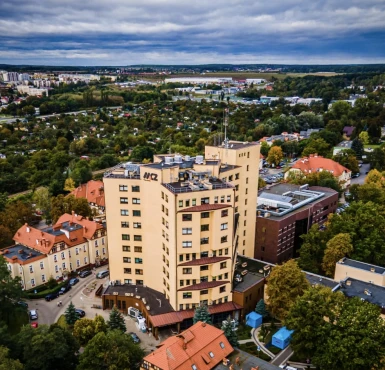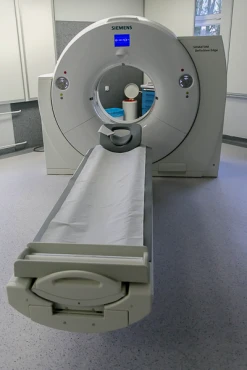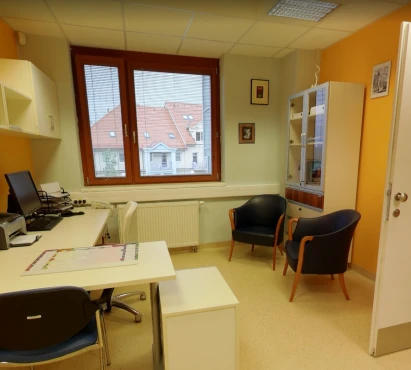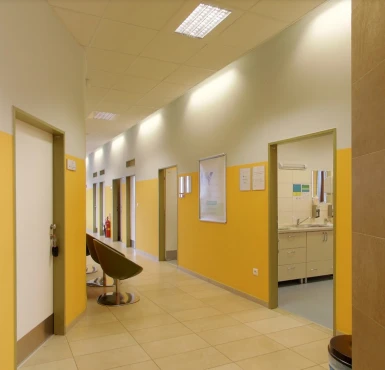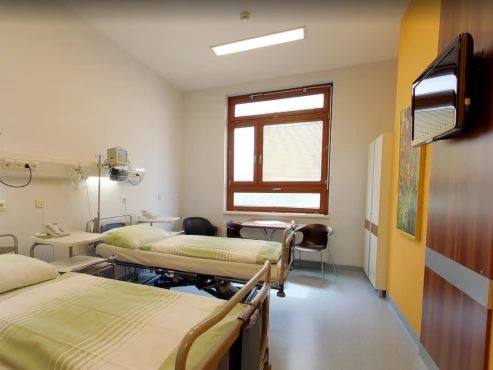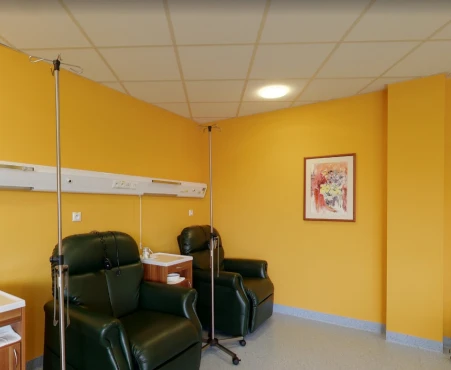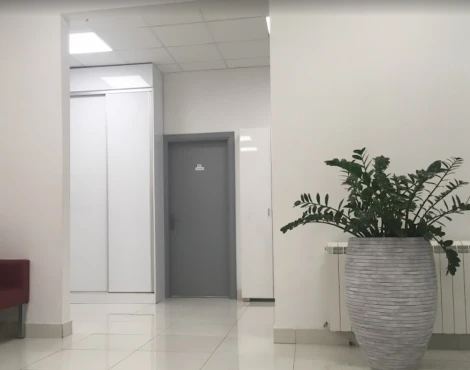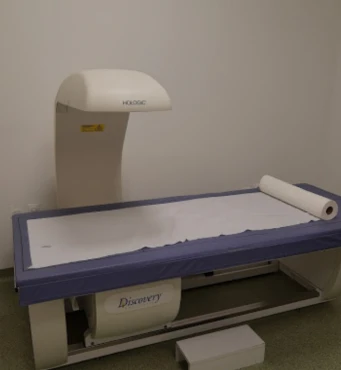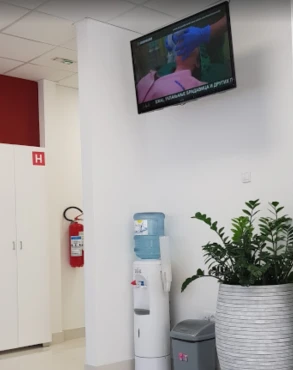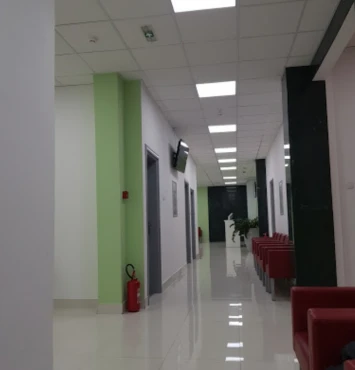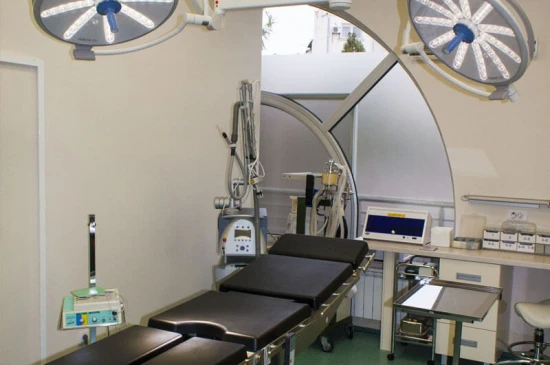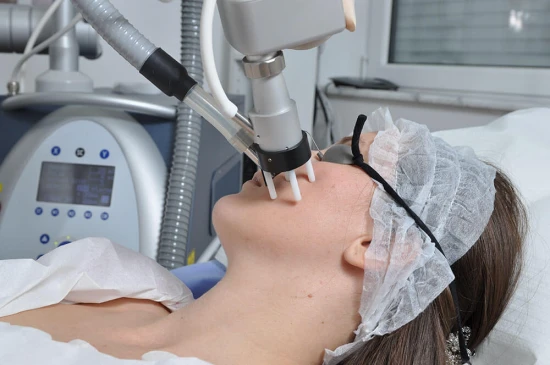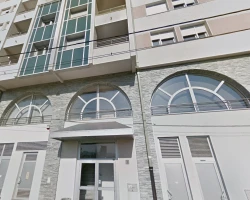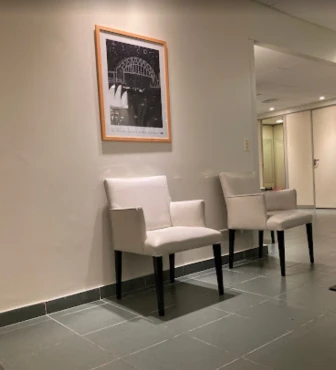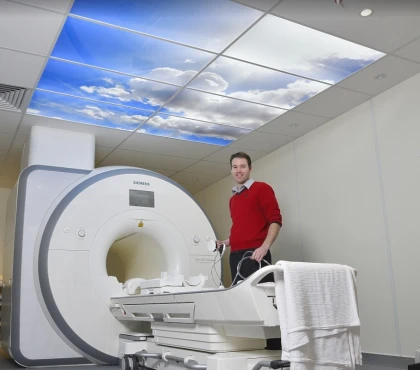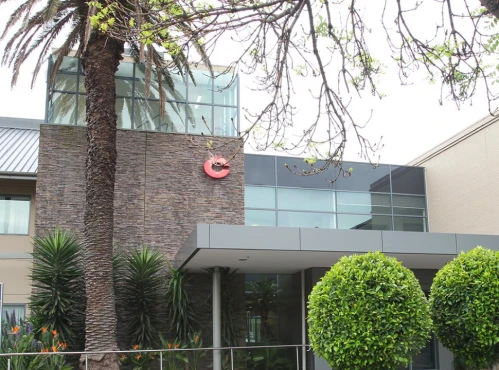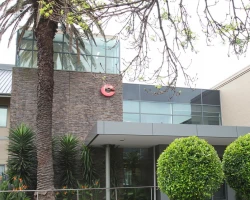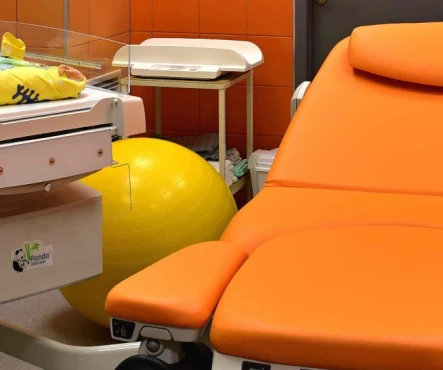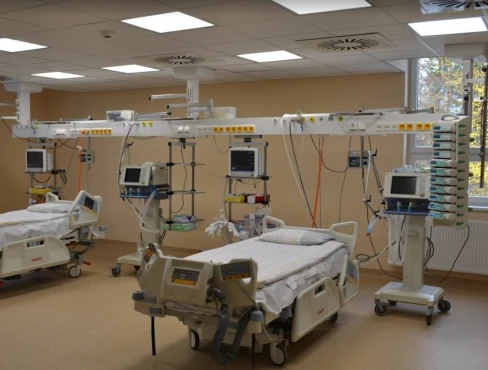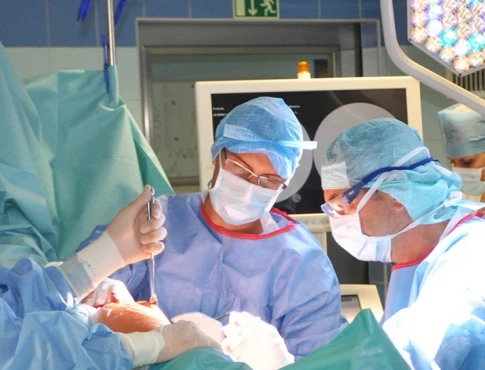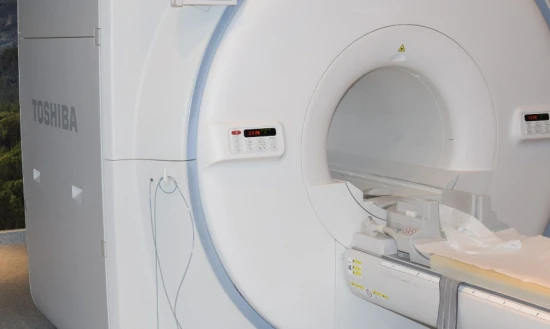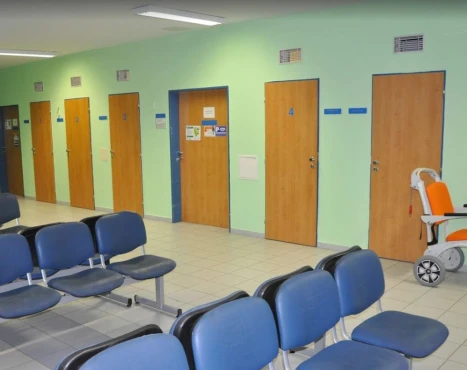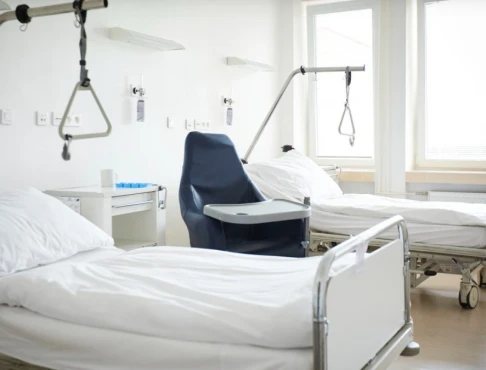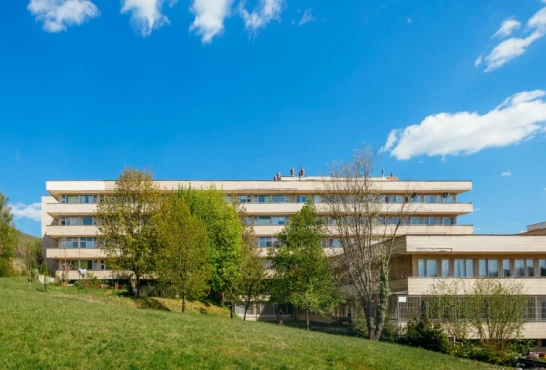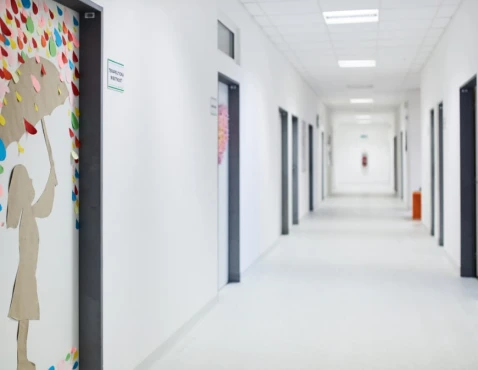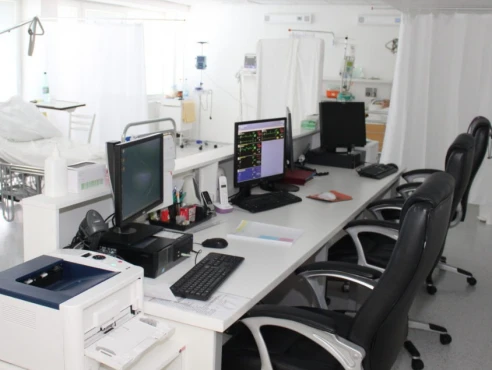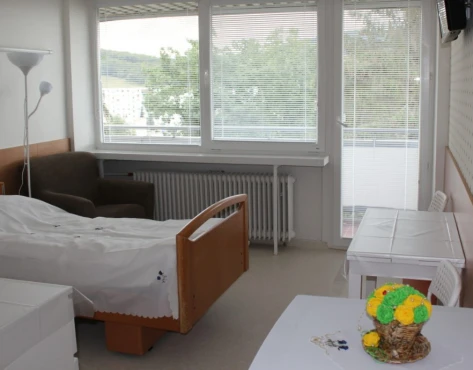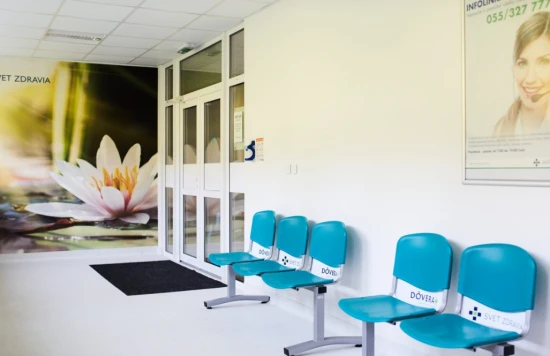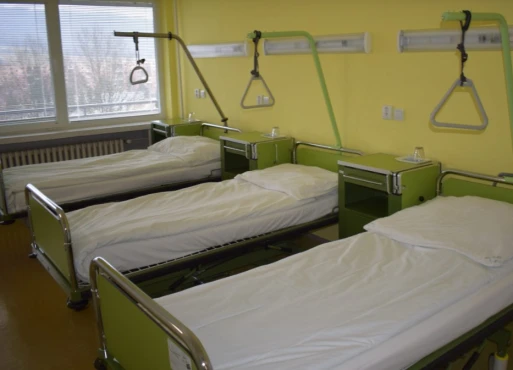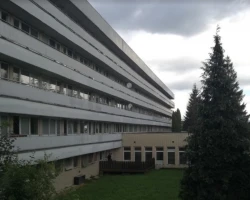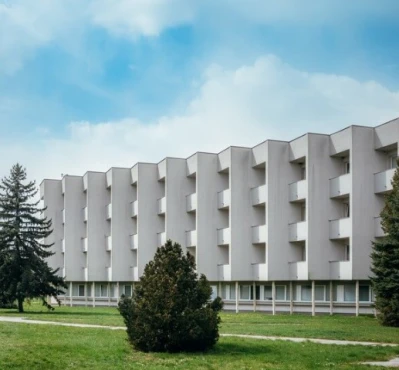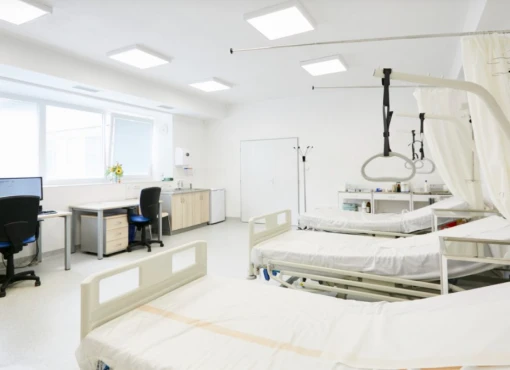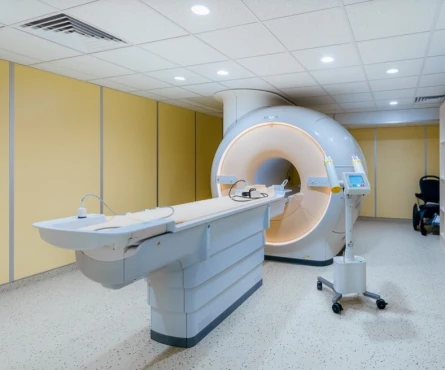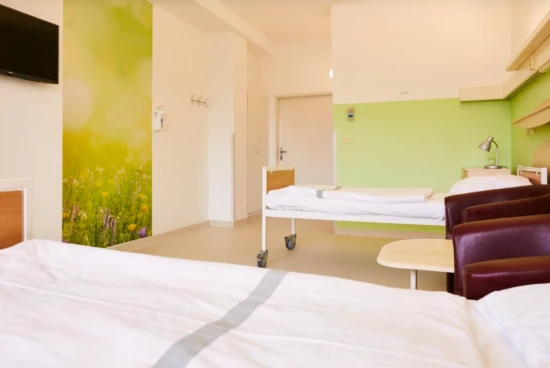General information
The disease known as actinic keratosis statistically occurs in one in four people over the age of 45 and accounts for approximately 14% of all visits to a dermatologist. In clinical dermatology, it also goes by the name "solar keratosis" or "senile acanthoma." Despite the apparent cause of the disease - prolonged hyperinsolation - the disorder is non-seasonal. Actinic keratosis has a cumulative component: for a dozen years, exposed to constant exposure to sunlight, the skin asymptomatically "copies" its adverse effects. Only with age, against the background of weakening immunity, are the first symptoms of the disease manifested. In this case, a person may not tan or have any contact with the Sun for an extended period - the primary elements will still appear on the exposed areas of the skin.
Reasons
The cause that causes actinic keratosis is one - it is prolonged hyperinsolation and constant ultraviolet irradiation with a specific wavelength of the solar spectrum (from 280 to 320 nm). However, many factors are involved in the onset and development of the disease. First of all, the climate. People living high in the mountains, in the equatorial, subequatorial, tropical belt, where there are 365 sunny days a year and the summer temperature reaches >35°C, have the highest incidence index of actinic keratosis. Working outdoors aggravates the risk of pathology.
The second important factor is age. The very term "senile acanthoma" indicates that it is a disease of the elderly. Everyone over 50 is at risk. The third risk factor is light skin, hair, and eye color. Blondes with a minimum number of pigment cells acting as protection against hyperinsolation are three times more likely to have dark skin, black hair, and brown eyes. A kind of "predictor" of the appearance of actinic keratosis in old age is freckles in young people. Not the least role in the emergence of the disease belongs to sunburns, which time after time "prepare" the skin for the onset of the disease, heredity, stress, and severe somatic diseases, forcing patients to take hormones, immunosuppressants, and chemotherapy.
Pathogenesis
Actinic keratosis does not manifest itself for decades. All this time, the skin does not change its structure under the influence of ultraviolet light; it accumulates the adverse effects of the Sun in its layers. It is called the latent, hidden period of the disease. With age, against the background of weakening immunity, the surface layer of the skin begins to change gradually. Part of the epidermis cells become undifferentiated; they form a focus of preinvasive cancer, which does not grow through the base of the epithelium but "crawls" along the basal layer.
In the process of such spreading, atypical cells replace normal epithelium, the epidermis loses its protective function, and keratinization processes accelerate. Suddenly, atypical cells violate the integrity of the basal membrane and penetrate the dermis, creating a new focus of malignant tumors. Up to the moment of disruption of the integrity of the basal layer of the epidermis, the disease can suddenly pass on its own.
Classification
Classify actinic keratosis exclusively by pathomorphological changes in the skin layers. According to the localization of the active process in the epidermis and dermis, it is customary to distinguish typical variants of the disease:
- Hypertrophic actinic keratosis occurs when atypical large nuclear cells appear in the epidermis, producing light and dark keratin. The alternation of keratin layers is the diagnostic sign of actinic keratosis.
- Pigmented actinic keratosis is defined as the accumulation of a large number of melanin cells that stain the localization focus dark brown in the basal layer of the epidermis.
- Lichenoid actinic keratosis is characterized by active processes at the border of the basal layer of the epidermis and the upper layers of the dermis, where lymphocytic infiltrates of dermal cells are formed on the basal layer of the epidermis "eaten away" by keratosis.
- Proliferative actinic keratosis occurs against the background of elastosis (colloidal dystrophy of deep layers of the dermis) and is associated with the sprouting of epidermal cells into the skin and the formation of foci of hyperkeratosis.
- Atrophic actinic keratosis is localized in the upper layers of the dermis, thinning and destroying them locally by forming specific "lacunae" and fissures.
- A distinctive feature of acantholytic actinic keratosis is elastosis, forming epithelial, connective tissue foci deep in the dermis over existing "lacunae" and "fissures." These local tumor-like formations grow toward the skin surface.
According to the abnormal primary manifestations, atypical forms of actinic keratosis are distinguished:
- Bullous actinic keratosis is based on infiltration of the dermis by neutrophils with mini-abscesses forming in the papillary layer.
- Pedgetoid actinic keratosis is when atypical pedgetoid (pre-melanoma) cells appear in the upper layer of the epidermis.
Symptoms of actinic keratosis
The disease starts suddenly, with an asymptomatic appearance of flaky, slightly infiltrated reddish spots of small size, up to 1 cm in diameter, with clear boundaries on exposed skin areas. More often than others, the skin of the back of the nose is involved in the process, where telangiectasias can be seen against the background of the spot. This is an erythematous form of the disease. If the process is localized on the forehead and upper eyelid, the primary element is a plaque with thick horny scales (skin horn); this is a hypertrophic or horny variant of the disease. The diameter of such plaques is up to 4 cm; when they are removed, there is mini bleeding and soreness, and sometimes an erosive surface or atrophy island is exposed.
Manifestations depend on the form of actinic keratosis, the connection of the primary element with the epidermis and dermis. In the pedgetoid form of the disease, rashes resemble a seborrheic wart because of the shape and brown coloring. This is how the pigmented or papillomatous form of the disease manifests itself. Actinic keratosis is often localized on the lower lip, where cracks and erosions occur - actinic cheilitis. The appearance of rashes also affects the neck, shoulders, hands, forearms, ear flaps, cheeks, and scalp. Sometimes, rashes are localized on the back and upper third of the abdomen, depending on the parts of the body most often exposed to sunburn.
The rash that appears may spontaneously disappear in one place but immediately reappear in another or regress completely. It depends on the patient's immunity and the amount of "negative" solar energy accumulated in the skin. If the disease progresses, then very slowly. Actinic keratosis requires constant attention because, in a few years, it is possible to malignize: around the plaques, there is an inflammatory rim, soreness, and itching.
Diagnosis
Actinic keratosis is diagnosed based on clinical signs and histologic examination. The differential diagnosis is confirmed only by biopsy. It is necessary to distinguish actinic keratosis from manifestations:
- seborrhea;
- of senile lentigo;
- of lupus erythematosus;
- psoriasis;
- red flat shingles;
- squamous cell and basal cell skin cancer;
- malignant melanoma;
- radiation dermatitis.
Treatment of actinic keratosis
A dermatologist selects the treatment method for each patient with actinic keratosis individually based on a complete clinical and laboratory examination. With benign senile keratosis, hardware methods of removing formations are used. The most atraumatic, painless, and effective is laser coagulation, the most popular and affordable - the method of cryodestruction. If there is a hint of degeneration, consultation with a dermato-oncologist and surgical intervention is indicated.
Prevention
Actinic keratosis is challenging to prevent. We are all children of the Sun. We are biologically dependent on it; we like to sunbathe, walk, travel, and do sports outdoors. However, in order not to get a problem skin with a tendency to local cancerous degeneration by the age of 40, it is necessary to know the measure in communication with the Sun: to sunbathe at the proper hours (from 10 a.m. to 2 p.m.); to use creams to protect the skin from ultraviolet light, including, if necessary, in winter; to wear comfortable sun-protective clothing and to be very critical of artificial tanning all year round. At the first signs of growth of moles or any other "plaque," urgent consultation with a dermatologist is necessary because it is almost impossible to predict the further development of the disease.
